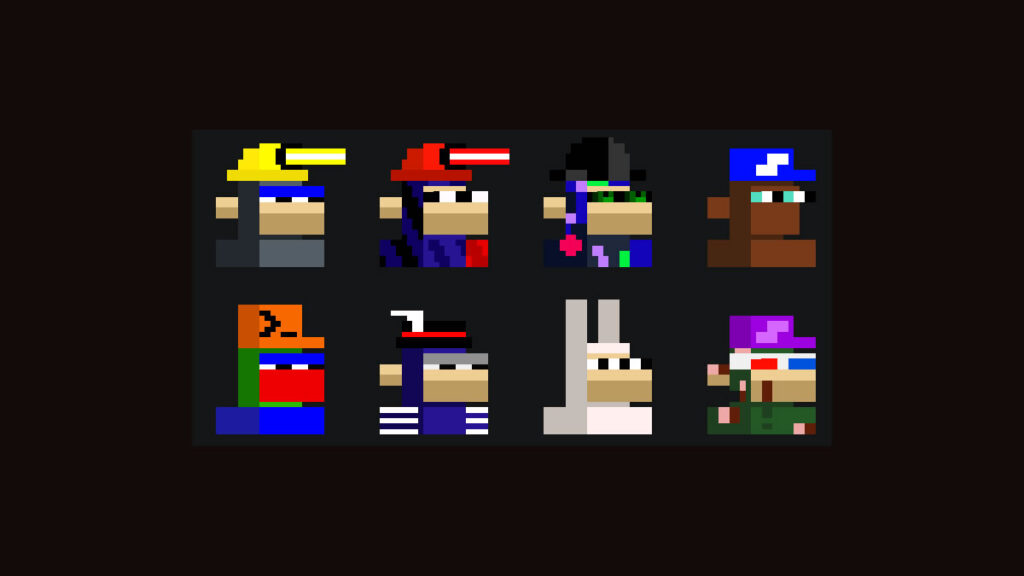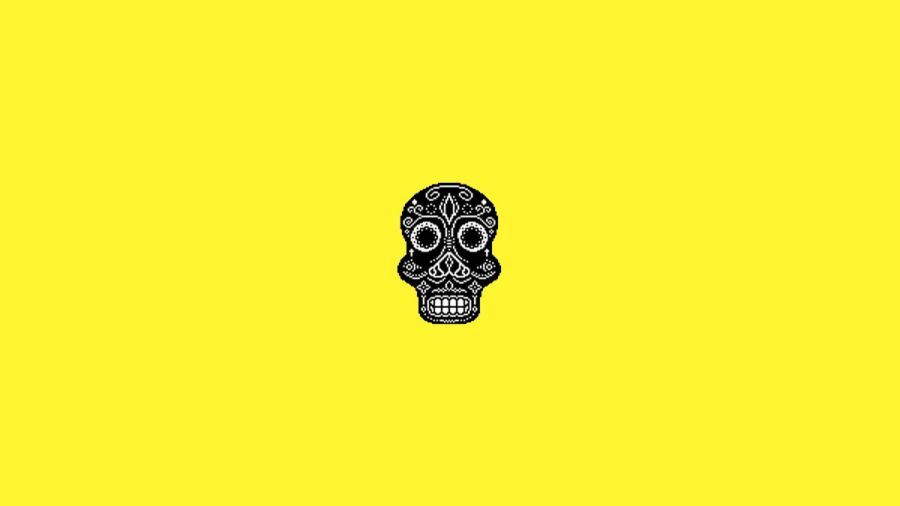Ordinals: exploring the Risks and Opportunities of NFTs on Bitcoin
CryptoPress
NFTs in Bitcoin? who knew? But non-fungible tokens (NFTs) are all the rage in the crypto world, and now Bitcoin is joining the party. The Ordinals project, which started in January, lets digital content be written on Bitcoin’s blockchain. This makes the blockchain a platform for NFTs. The move has started a heated discussion about the pros and cons of these inscriptions in the Bitcoin community.
What are the Ordinals?
The Ordinals protocol enables non-fungible tokens (NFTs) to be appended to Bitcoin transactions. It was released in January and allows images and other types of data to be written directly on satoshis on the Bitcoin blockchain. This means that NFTs can now be used on the largest crypto network. Every Ordinal inscription is deemed a “digital artifact” because it is claimed to be immutable and forever enshrined on the Bitcoin blockchain.
The Risks and Opportunities of NFTs on Bitcoin
The Ordinals protocol has a number of benefits, such as the ability to store whole images or pieces of content on-chain, making them permanent and impossible to change. This is unlike most other NFT projects on Ethereum, Solana, and Stacks. So far, over 50,000 ordinals have been minted on the Bitcoin blockchain, with some projects already fetching high prices.
Some Bitcoin purists, on the other hand, say that these inscriptions are just spam that takes up space in blocks and makes it hard for real financial transactions to happen. Detractors of Ordinals have tried appealing to Bitcoin node operators and miners to censor inscriptions. In the end, nodes and miners are the ones who decide which transactions are valid and should be added to the blockchain. They have the ability to censor certain transactions.
Stacks is another platform that uses Bitcoin’s security and has its own NFT ecosystem that is growing. Stacks is a Bitcoin sidechain. In the past few days, there has been a big increase in the number of Stacks NFTs that are traded. This may be due to interest in the Ordinals protocol and Bitcoin NFTs.
Some of the Ordinals NFTs

Inscription 0
The very first Ordinal to be minted on Bitcoin, Inscription 0, is simply a black skull with white markings.
Bitcoin Rocks
The first Ethereum NFT collections are honored once more in Bitcoin Rocks. It resembles Ether Rocks, one of the earliest NFT collectible projects on the Ethereum blockchain, in appearance and feel. After they made the first one at Inscription 71, the ordrocks only made 100 of this series of rocks. Prices for some NFTs on exchanges have risen to over $22 million, or 1,000 Bitcoins (BTC) or 13,858 Ether (ETH). The current minimum acceptable bid is 37.42 ETH (nearly $61,000) or 2.7 BTC.
Bitcoin Orbs
Bitcoin Orbs Ordinals asserts itself to be the first Manifold NFT Edition built upon the Ordinals protocol. People who hold and burn the Bitcoin Orb edition non-fungible token on Ethereum will be the only ones who can get Ordinals. It was created by Joan Westenberg, who intends to make it one of the first collections to connect Ordinals with the Ethereum chain.
In short:
- Non-fungible tokens (NFTs) are now available on Bitcoin’s blockchain with the Ordinals project.
- This project enables the inscription of digital content on Bitcoin’s blockchain, making it a platform for NFTs, with over 50,000 ordinals minted so far.
- Proponents of Ordinals argue that inscriptions increase demand for block space and drive a healthy fee market compensating miners for securing the network.
- Detractors of Ordinals have tried appealing to Bitcoin node operators and miners to censor inscriptions. Ultimately, it is up to nodes and miners to determine which transactions are legitimate and included in the blockchain.
- Stacks, a Bitcoin sidechain, is another platform that leverages Bitcoin’s security and has a growing NFT ecosystem of its own.
© 2024 Cryptopress. For informational purposes only, not offered as advice of any kind.
Latest Content
- Crypto Market Update: April 25, 2024
- Renzo’s Restaked ETH Depegs to $700: DeFi Platforms Gearbox and Morpho Face Liquidations
- Crypto Market Update: Insights and Trends for April 23, 2024
- On April 24, the $RTF Token from Oleksandr Usyk’s READY TO FIGHT Project Will be Listed on WhiteBIT
- Crypto Market Update: Key Trends and Insights for April 22, 2024
Related
- Non-Fungible Tokens: The Guide Non-fungible tokens (NFTs) are a new type of token which is represented by unique cryptographic units, meaning that each token has a unique value. ...
- MicroStrategy Announces Second Quarter 2021 Financial Results July 29, 2021 04:01 PM Eastern Daylight Time TYSONS CORNER, Va.–(BUSINESS WIRE)–MicroStrategy® (Nasdaq: MSTR), the largest independent publicly-traded business intelligence company, today announced financial results for the three-month period ended June 30, 2021 (the second quarter of its 2021 fiscal year)....
- What are NFTs? NFTs are a new form of digital asset that represent real-world objects like music and art....
- What are NFT Avatars? The most common kind of asset created on the Ethereum blockchain network is non-fungible tokens (NFTs). ERC stands for “Ethereum request for comment” and refers to the network’s many phases of development. The most widely used standard is ERC20, which...




